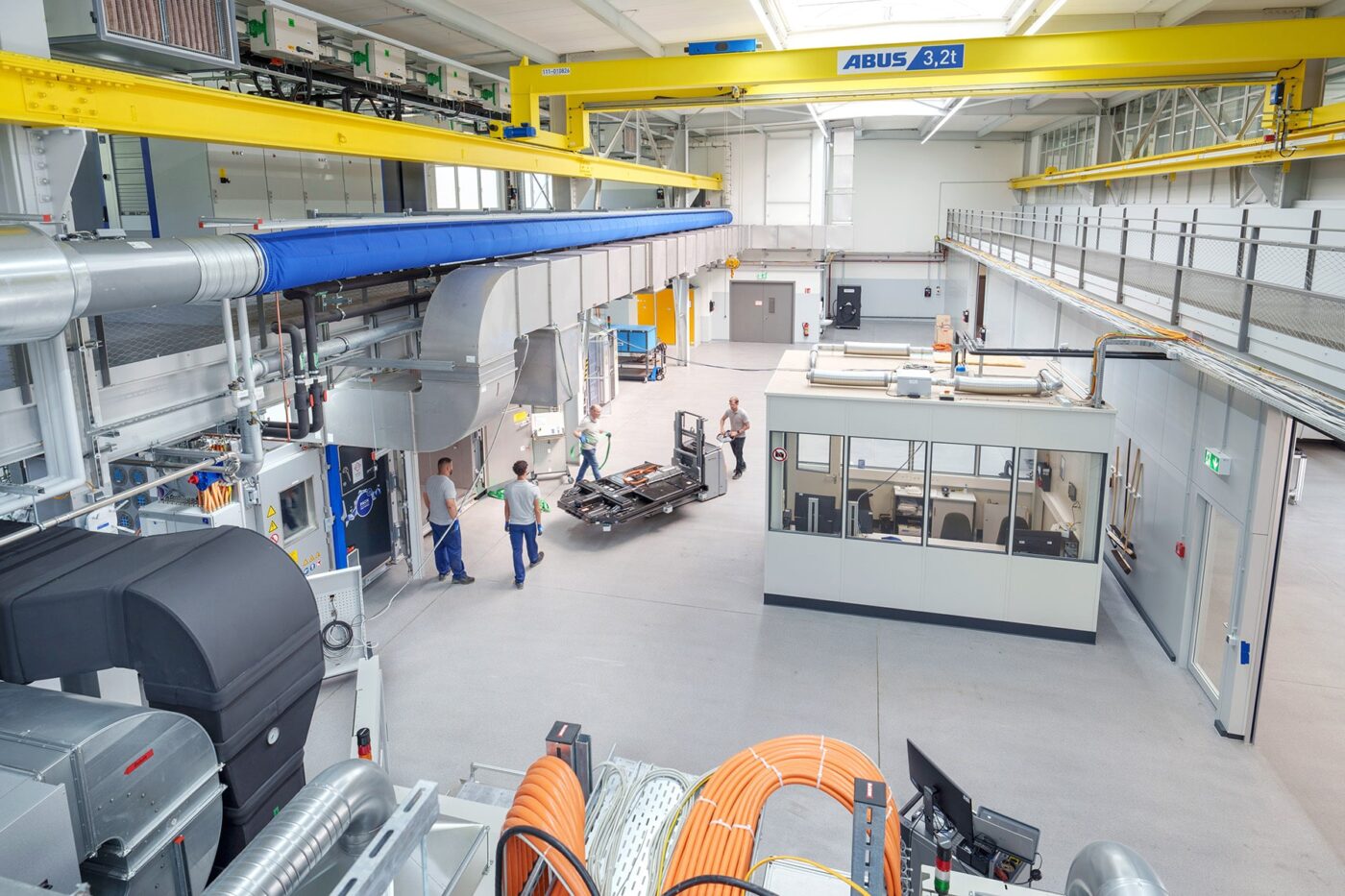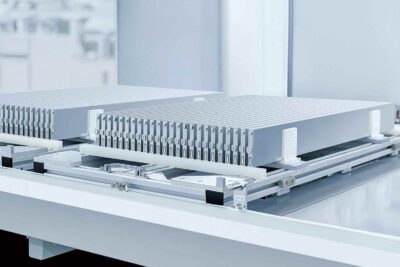Mahle opens test and development centre for batteries
Mahle designed the new Stuttgart facility specifically to meet the needs of its European customers. Spanning over 1,300 square metres, the test and development centre “can accommodate all aspects of battery development, from initial prototyping through to small-scale production,” as the supplier explains. The application portfolio is broadly diversified, from e-bikes to electric trucks.
“In response to growing demand for our expertise in the design, development, testing and optimisation of batteries for electric vehicles, we’re delighted to be opening another new facility to support our clients within the European automotive industry,” said Simon Reader, MAHLE Powertrain’s Managing Director. “The center is up and running having completed a number of projects for OEM partners. We have designed the facility with future expansion in mind, with additional services and increased capacity already in the planning stages.”
According to the company, the centre includes two climate chambers, a prototype workshop and a dual-robot laser welding facility where active high-voltage battery modules can be processed. Mahle can test low-voltage and high-voltage battery packs up to 1200 V and 2000 A or 550 kW on site. The climatic chambers support temperature windows from -40 to +90 degrees and thus enable comprehensive ageing tests of the batteries, including driving cycles under a wide range of climatic conditions, the supplier says.
The new Stuttgart site complements a vehicle and battery development centre Mahle Powertrain opened last year in Northampton, England. The vehicle development centre there supports the testing and verification of next-generation electric and hydrogen vehicles and was expanded in 2022 to include comprehensive battery testing equipment. Since then, battery packs with a capacity of up to 1 MW can be tested in Northampton.
Investment in the UK facility is said to have amounted to £15 million (around €17.2 million) between 2017 and 2022, with just under a quarter of this sum (£3.6 million) covered by public funding.





0 Comments